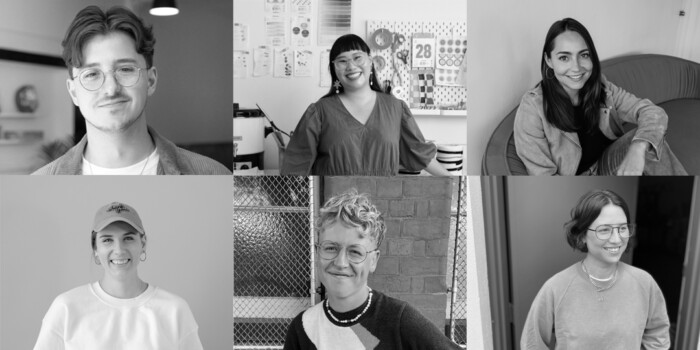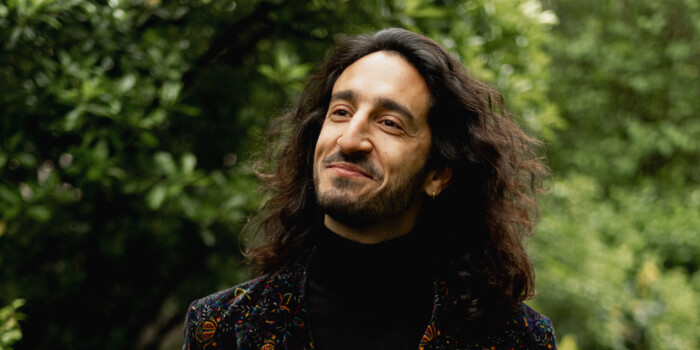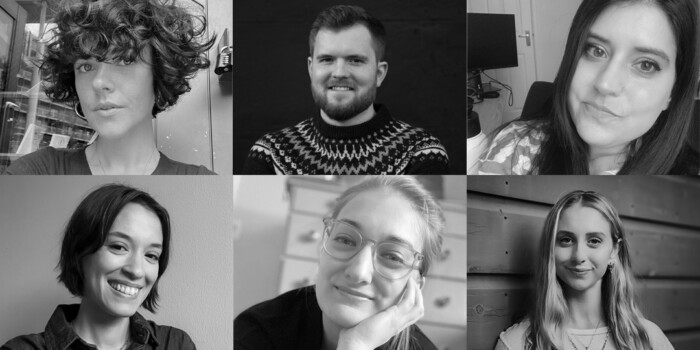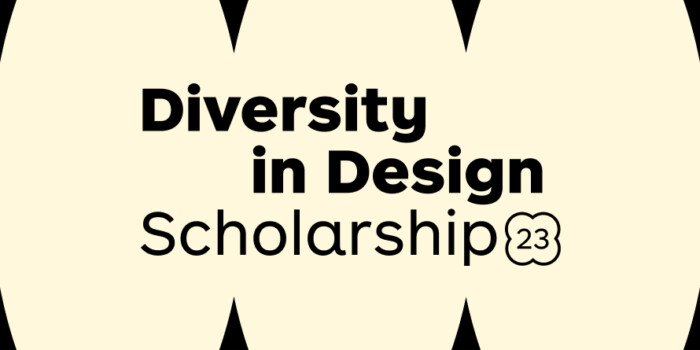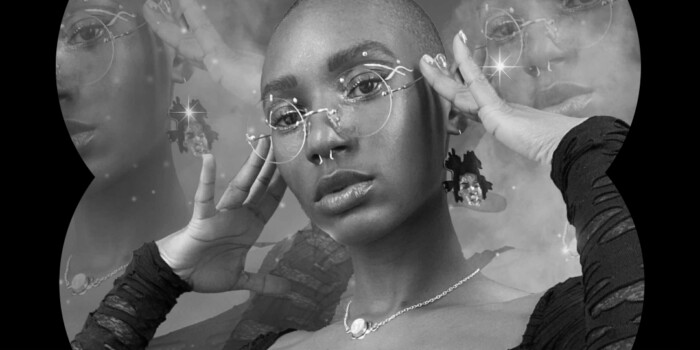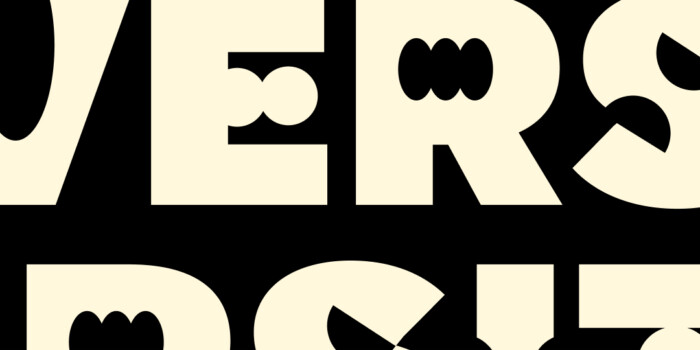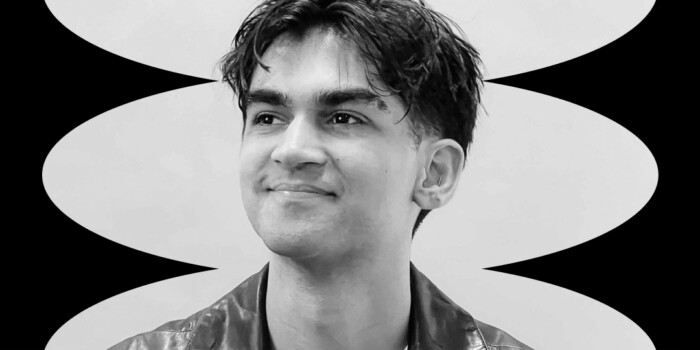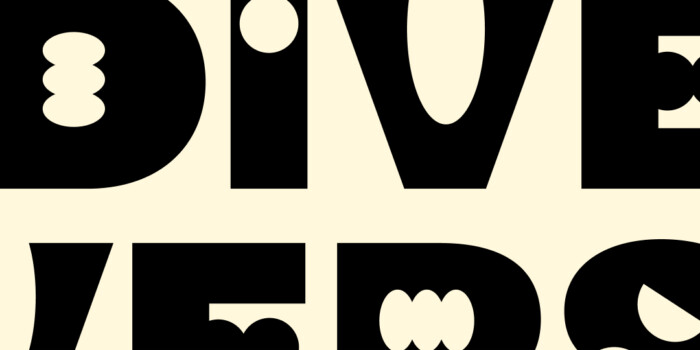Meet Helen Tong, Shillington Graduate and Designer at Siegel+Gale

Helen Tong was working a steady job but then an advert for Shillington on London’s Tube network changed everything—design was the way forward. She researched and delved into some of the amazing portfolios that came from Shillington graduates, quit her job and jumped at the chance to apply to the course. Three months and one lockdown later, Helen graduated and hit the ground running. In the last two years, she’s gone from strength to strength—with internships, junior designer roles, freelancing and now a midweight position at Siegel+Gale.
We caught up with Helen almost two years after she graduated to talk about her time at Shillington, her work since and more. Happy reading!
Why did you choose to study at Shillington? What made our design course stand out?
I first came across Shillington back in 2015 when I was looking into graphic design courses, but at the time I wasn’t quite ready to change careers. 5 years later though when I finally decided to bite the bullet, I was standing on a tube platform and saw an advert for Shillington, and that was the push I needed to make the change into design.
The course stood out to me as I was looking for something completely immersive that I could get my teeth into without having to take too much time off, and it seemed like a great all-round course where I could learn the skills to transition into the industry.
When I was researching and came across all the work and portfolios of previous Shillington students, I was amazed at the level of work that could be achieved within such a short space of time, and it gave me some hope that I could learn graphic design within a few months!

Thinking back to the course, the world underwent some pretty seismic shifts whilst you were studying with us. How did you find the course? Tell us about your Shillington experience.
Haha yes, it really did—despite the pandemic starting during our course, I still had a great experience at Shillington! To be completely honest, it was an intense 3 months, and I definitely needed a couple of weeks rest afterwards but I wouldn’t have had it any other way.
The jam-packed days and daily briefs allowed us to build on our skills from the day before, and we were encouraged to soak up as much design as we could outside of the course so that we could start our own inspiration bank for future projects.
The talks from design studios and previous Shillington students were a great way to better understand the industry a bit more and the type of work that’s available out there, and generally where people have ended up after the course.
When the pandemic hit at the beginning of March, there was definitely uncertainty in our minds with what would happen with the rest of the course, but Shillington managed to turn things around pretty quickly and we moved to online teaching within a few days. Throughout the whole course, our teachers Andy and Rich were great, you could tell they were passionate about design but also about sharing their knowledge and pushing us to do our best work. When the course moved online, they were encouraging and understanding of the whole situation but helped us maintain the momentum that we’d created over the past couple of months and were always positive—even if we weren’t sometimes! Overall, the course was great and as much as it developed my skills in design, it also helped with my personal development too in terms of learning to let go of perfection, being okay with making mistakes and just generally being more confident in my ideas and work.
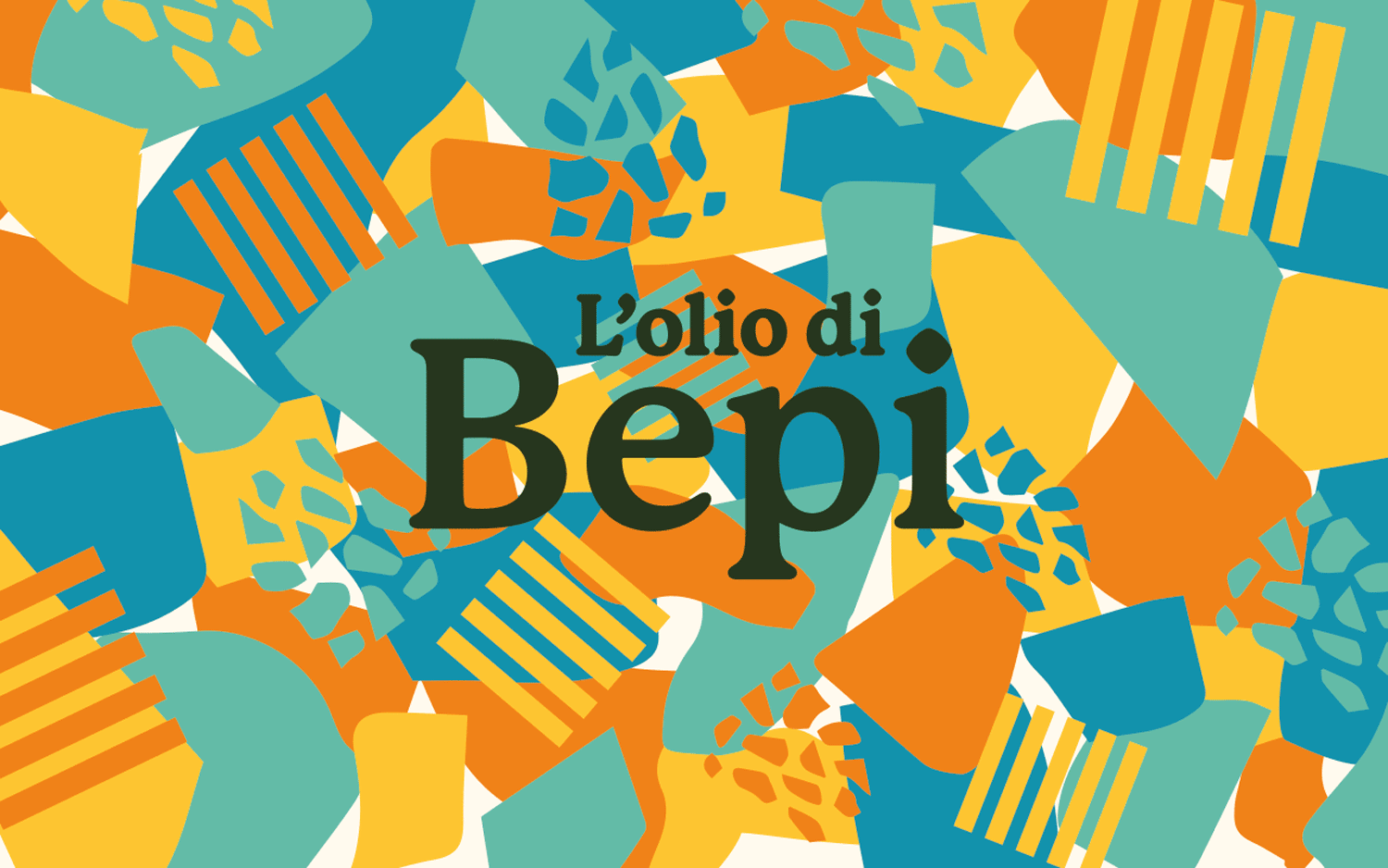
Did you have a favourite brief on the course? Would you be able to tell us about how you approached it?
I think there might have been two! It was probably the packaging and film festival briefs. For the packaging brief, we were each assigned a product and asked to create a story-based brand (like the Kraken brand) and packaging design to go along with it. I was given Italian olive oil and decided that my target audience would be young families with children. After doing some initial competitor research on olive oils, I found that many had plain packaging and often used green in their palette; I wanted to create a brand that focused on the joy of cooking and added a little bit of flavour to everyday life—something more vibrant that would stand out in the market and be able to capture children’s attentions. My inspiration for the packaging came from memories of a trip to Burano, a small island just by Venice where all the houses are painted a different colour, and my story for the brand ended up being a fictional tale of how the colourful houses came about. Other elements of the island such as the stripy blinds and the terrazzo pavements became the core graphic elements within the packaging design, tying together the visuals to create a playful and joyful brand.
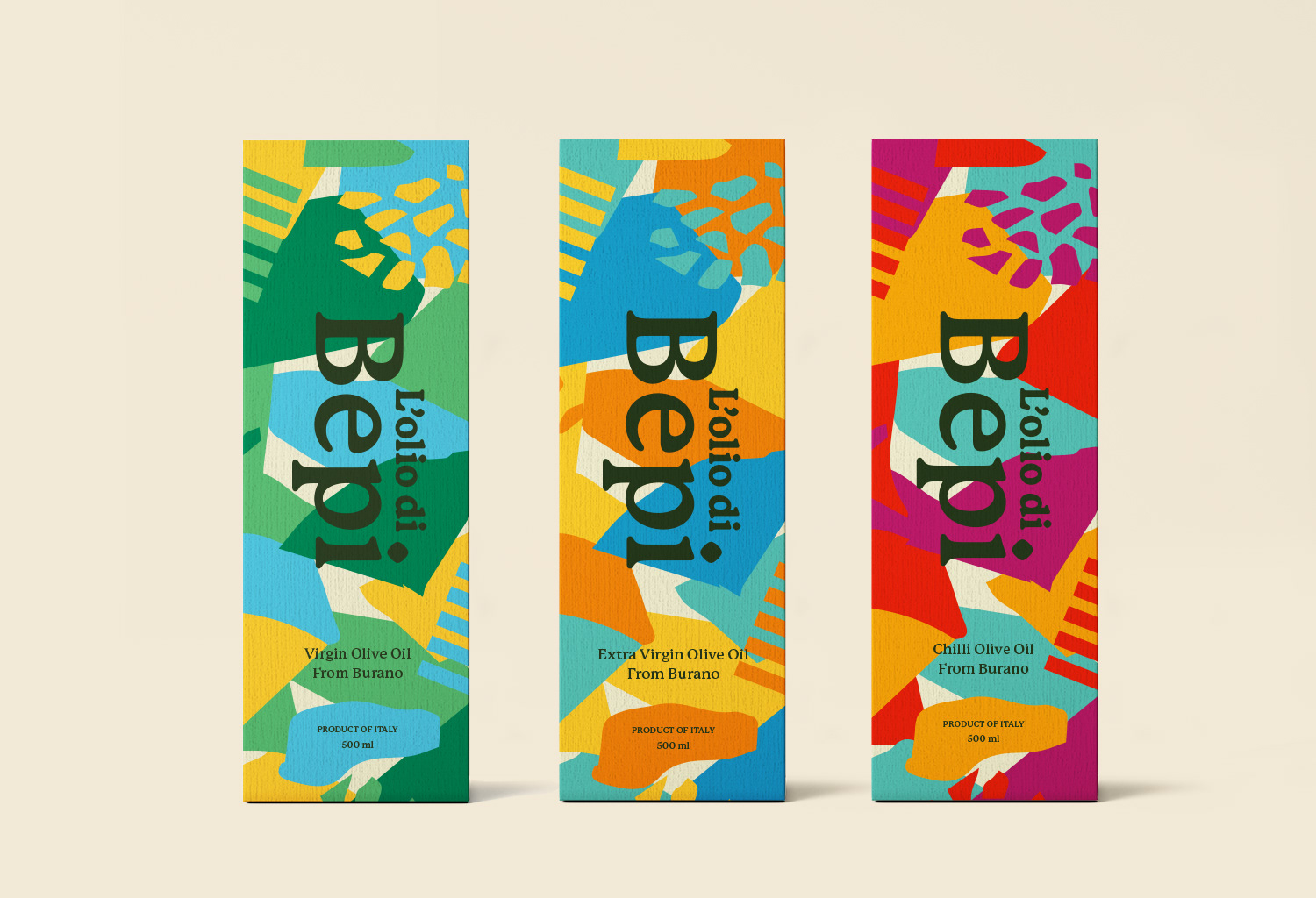
For the film festival brief, we were asked to create a memorable identity for a BFI film festival for our chosen film category and one of the musts was to have a unique type lockup that could be used across festival collateral. I chose to celebrate the ‘Indiewood’ genre—which are big Hollywood-produced films with the heart and soul of indies such as Billy Elliott, Juno or Little Miss Sunshine. Inspired by the quirky moments and characters within the films, I created a bespoke typeface for the lockup—a flexible design that could be used across any collateral. I found this brief quite hard initially as I struggled with the colour palette, but after taking a step back and revisiting the concept again, I managed to create a palette inspired by risograph printing which has a nostalgic feel to it and finally ended up something which fit the brief and that I was happy with!
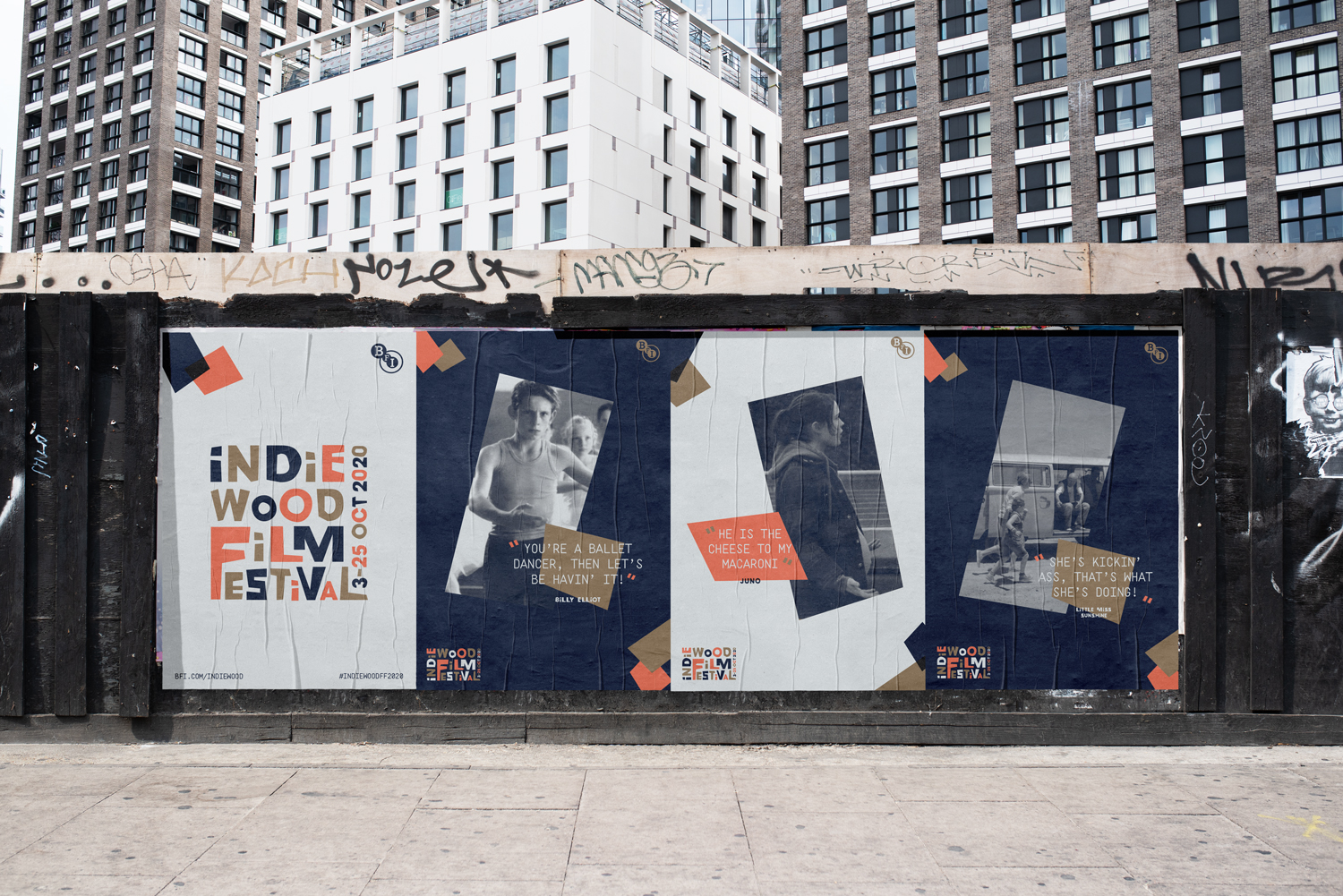
After graduating, you took on some freelance roles. Could you tell us about some of the projects you worked on?
Yes, after graduating from Shillington, I interned at a small branding agency, Childish Design, and ended up freelancing there for a while. We worked mainly with small sustainable start-ups so it was a really nice way to get my head into the world of branding design and be exposed to the whole process from concept to delivery. For a couple of the rebrand projects I was involved with, I worked on a range of things from creating concept routes to helping with website design or artworking packaging, learning a crazy amount along the way! After Childish, I went on to pick up a couple of small branding projects through enquiries and some freelance work for a creative agency, creating launch assets for a rebrand project, before moving into a designer role at a small PR agency.
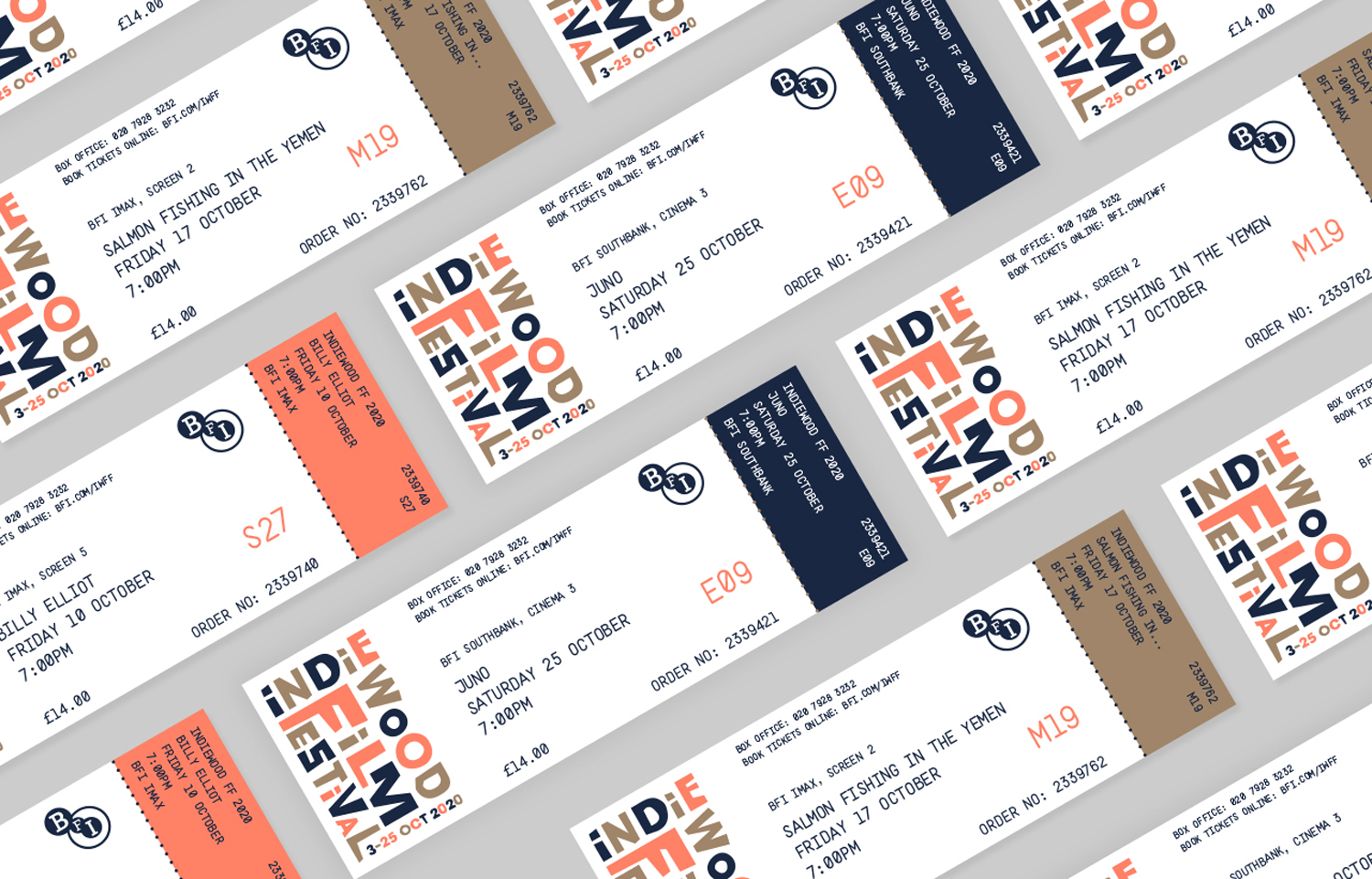
Would you also be able to offer some advice to recent graduates who want to start freelancing? Or even pick up some freelance projects whilst job hunting?
Don’t be afraid to get your work out there and get in touch with people already in your network! Let them know that you’ve just graduated, and by showing your work, you never know who might come across it and where it might lead.
A couple of freelance jobs I worked on came from people seeing my work on Instagram or my website, so it’s worth doing even if it seems a bit daunting at first. Also, reach out to other freelancers and see if they’d be up for a chat, it’s a great way to build connections and to find out more about them and their experiences with freelancing.
Sometimes reaching out to smaller agencies and recruiters can really help too, they can add you to the list and if they’ve had a chat with you and understand your work/style then they’ll have you at the back of their mind for any future projects that might come up.
Oh, and a final tip! Keep on with the personal projects—you never know where it might lead you and the opportunities that might crop up will allow you to do more of the work you want.
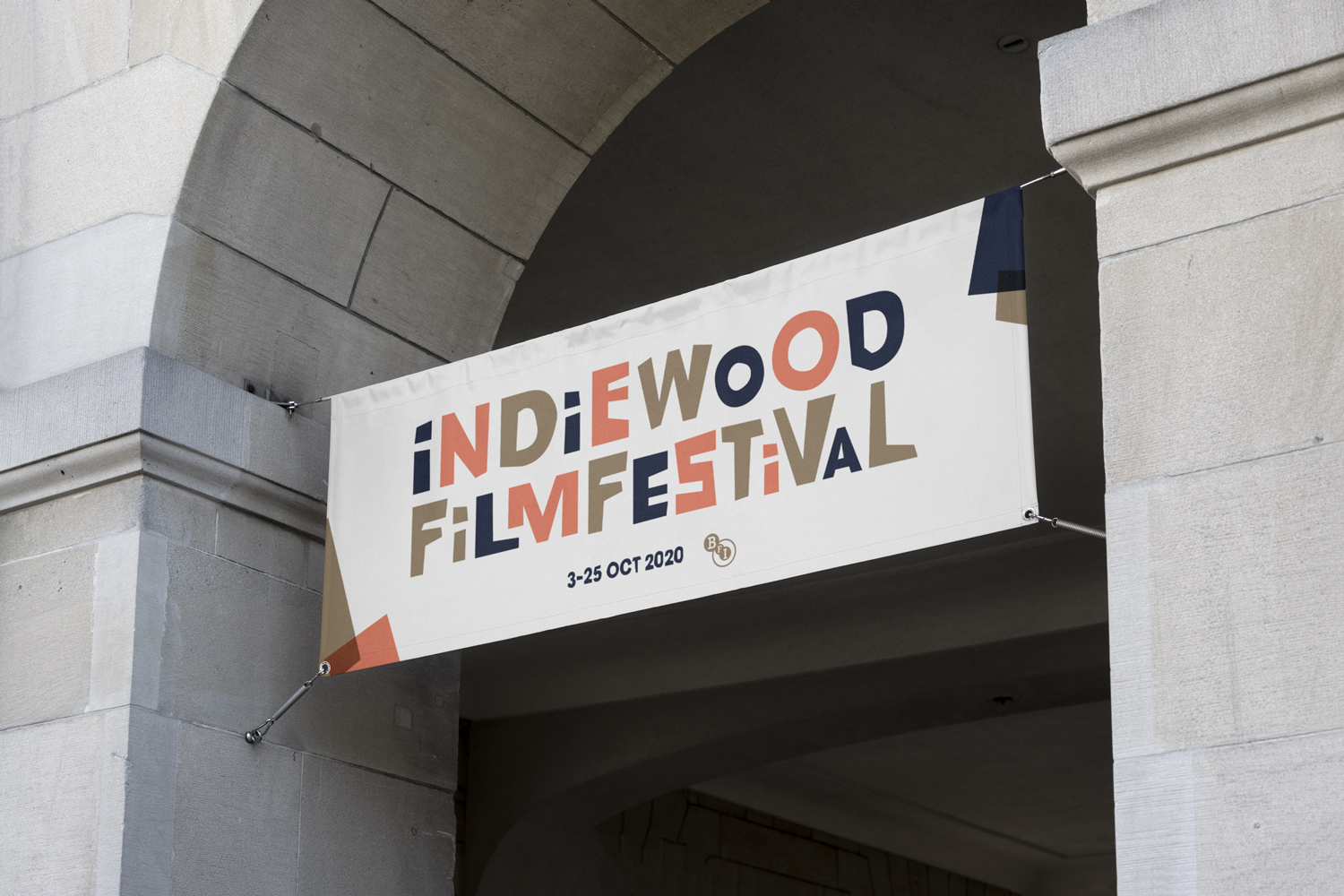
You’ve just started a new role as a Midweight Designer at Siegel+Gale—how have your first few months at the studio been?
It’s been really good so far, branding design was an area I really enjoyed at Shillington and definitely something I wanted to develop more in, so this role’s given me the opportunity to improve my skills in this area and be part a bigger team where I can learn from other designers. There’s a lot to learn and sometimes it can feel like a climbing a mountain but it’s a fun challenge.
I also really like the way S+G approach their projects too, we have a dedicated research and insights team so we can develop brand strategies and designs that are data-driven and research-based, and our ethos of ‘Simplicity is smart’ is instilled into the way we work and the work we create. We publish a report every year, ‘World’s Simplest Brands’ that details the top brands in the world and how simplicity can make a huge impact on a brand’s performance.
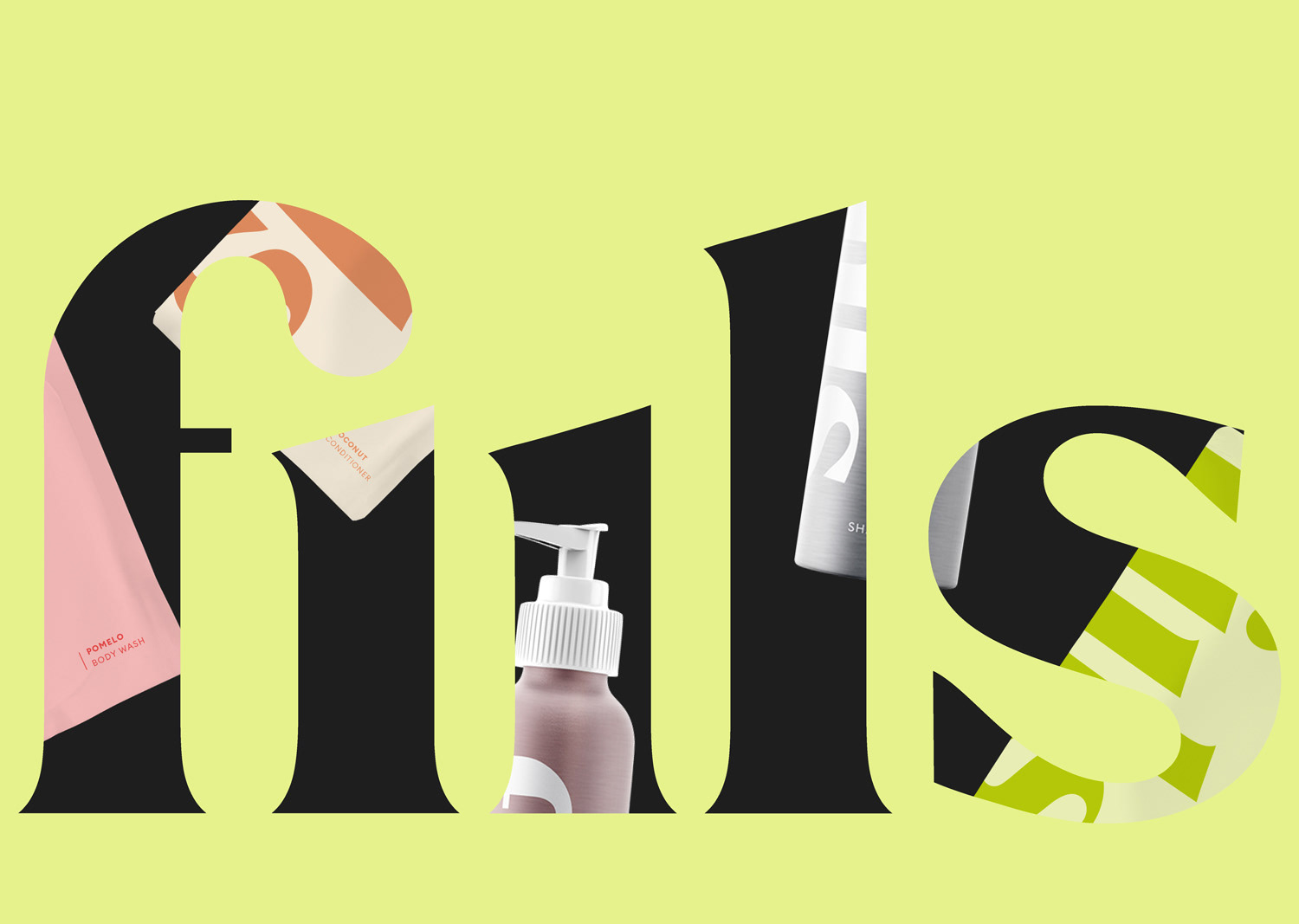
Have you got your teeth into any good projects yet? Would you be able to share?
I have but I can’t share too much I’m afraid! Many of our clients are corporate businesses, so it’s been fun trying to create something unexpected across the different industries and learning how all the different disciplines come together to create a brand that encompasses simplicity and can provide a simple experience for their customers. In the past few months, I’ve been helping with a few branding projects, from exploring visual systems to building templates and guidelines, and I’m currently working on creating and refining a couple of routes for a visual identity.

Back to the course, what were you up to beforehand and why did you make the switch to graphic design?
My previous career started within publishing and then I shifted into the digital space, working in web production and website management roles. I was at a STEM publisher for quite a few years and then a couple of other companies before making the switch into design. 2019 was a tough year, and by the end of it I was feeling pretty unhappy and unfulfilled in my career.
I quit my job and decided that I had to try pursuing a career in design—it was something I’d always been interested in since I was young and throughout my roles I’d be looking to work on creative projects or use my creativity somehow, and in the evenings I found myself trying to find creative outlets whether it was workshops or drawing etc.
I signed up to Shillington and started the course at the beginning of 2020, and looking back now, I’m very glad I made the jump!
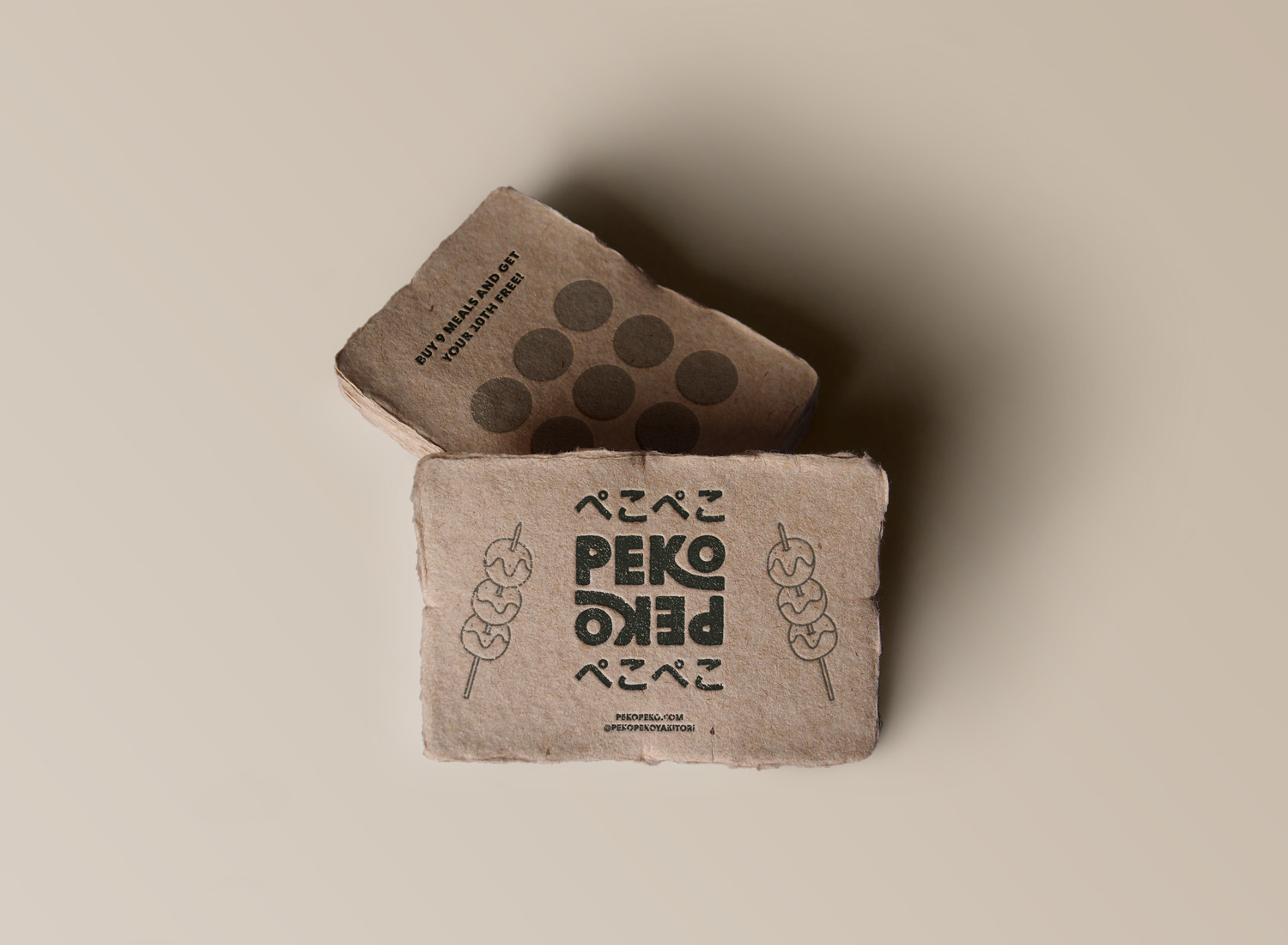
Did you make any meaningful connections with teachers or fellow students during the course? Especially after the course transitioned to online teaching.
My class was a great bunch, and despite the varied ages we all got on and I think even when it transitioned to online everyone was super supportive of each other. It wasn’t easy especially with the uncertainty of the pandemic at the back of our minds but everyone banded together to get each other through it. Our teachers, Andy and Rich, were great too, they were always really positive and encouraging. I’m still in touch with Andy from time to time, he’s helped me out so much since the course so I kind of see him as my unofficial mentor!

Finally, if you could give one piece of advice to someone starting at Shillington, what would it be?
I’ll echo what one of the teachers said to us on our first day—‘Don’t be afraid to fail, the quicker you do that, the quicker you’ll learn’. For me, I’d always seen failure as a bad thing, but Shillington taught me that it’s 100% part of the process.
Without making mistakes and without trying, you might miss out on discovering and learning new things and that’s so crucial to design. It’s a great way to learn to let go of perfection too, sometimes with design, it can be hard to show something that’s not perfect in fear of criticism or judgement from others, but try and focus more on the process and the progress you’re making rather than the outcome. Also, just enjoy it!

Anything else you would like to add?
Don’t compare and just do your thing! I think coming into the industry it’s so easy to get intimidated by the incredible work you see around you and think I’ll never be able to do that! But if you can appreciate other’s people work and let it inspire you to create your own, it’s a much healthier way to approach things. There’ll be moments where you definitely will compare but if you can remember that the work you create can only come from you because of the influences and experiences you’ve been through then hopefully that will help a little when the old impostor syndrome rises up!
Big thanks to Helen for sharing her story and work with us. Make sure to check out her website and follow her on Instagram.
Feeling inspired by Helen’s story? Learn more about Shillington’s 3 month full-time and 9 month part-time courses Online or on campus in New York, London, Manchester, Sydney, Melbourne or Brisbane.
Want to win some amazing prizes and stay in the loop with all things Shillington? Sign up to our newsletter to automatically go in the draw.
